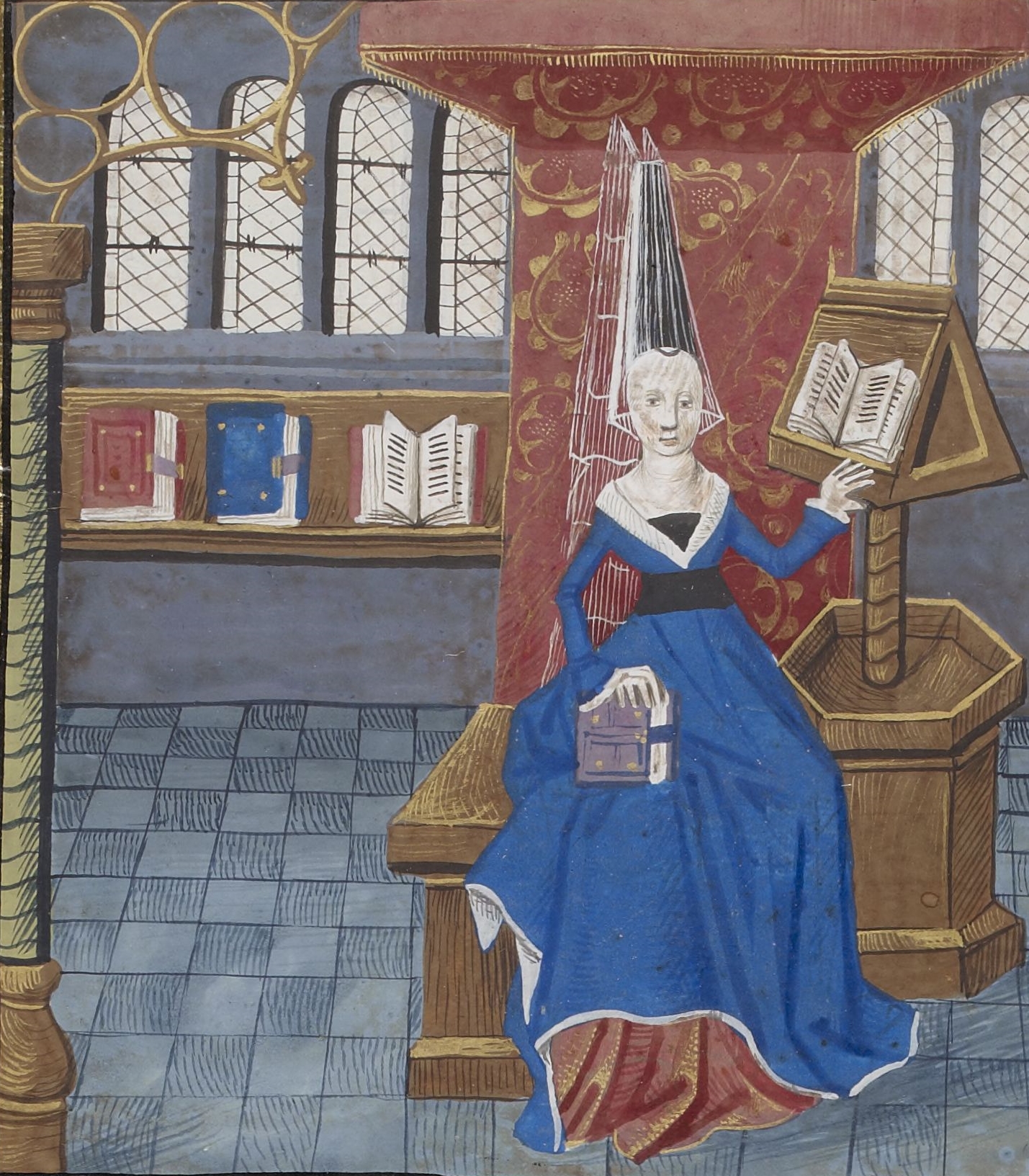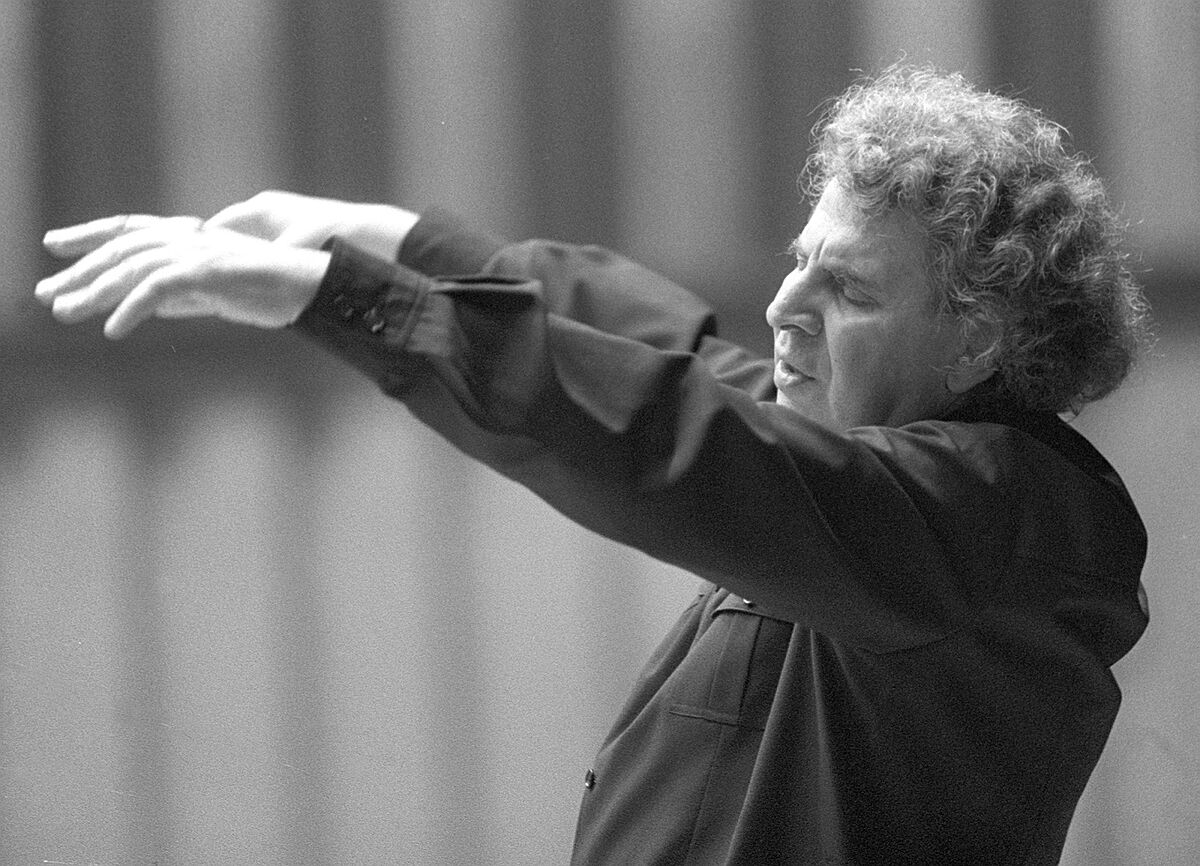Eugène Fredrik Jansson (1862, Stockholm – 1915, Skara) was a Swedish painter known for his night-time land- and cityscapes dominated by shades of blue. Towards the end of his life, from about 1904, he mainly painted male figures.
The earlier of these phases has caused him to sometimes be referred to as blåmålaren, "the blue-painter".
Life
Jansson's parents belonged to a social stratum straddling the working and the lower middle class, but they were interested in art and music and ambitious for their two sons, Eugène and his younger brother Adrian.
Eugène went to the German School in Stockholm and took piano lessons. An attack of scarlet fever at the age of fourteen caused him health issues from which he suffered for the rest of his life, including bad eyesight and hearing and chronic kidney problems.
Jansson enrolled in the Tekniska skolan (now Konstfack) and studied with Edvard Perséus, a painter who ran a private art school in Stockholm.
He was accepted into the Antique school of the Royal Swedish Academy of Arts in 1881, but did not have the means to follow most of his contemporaries to Paris for further studies.
Remaining in Stockholm, which supplied him most of his motifs, his first trip outside the Nordic countries would come in 1900, when he had already become well-established as a painter and his economic situation had started to improve.
In his youth, he assisted Perséus in his portrait production and painted some still lifes, but he eventually found his favourite motifs in the city surrounding him.
He lived his whole life together with his mother and brother at Södermalm, the southern part of Stockholm.
They eventually settled in a flat at No. 40 Bastugatan, on a height with a view over most of central Stockholm including the Riddarfjärden bay and the Old town. Most of his paintings from the 1890s up to 1904 are night views over Riddarfjärden, as he would have seen it from his home, or street views from various parts of Södermalm.
They are dominated by shades of blue and very visible brush strokes, often crossing one another.
Over the years his paintings moved towards increasing simplification and abstraction, and at the end of his "blue" period, little more than the street lights and their reflections in the waters can be discerned from the mass of blue of the canvas.
After 1904, when he had already achieved success with his Stockholm views, Jansson confessed to a friend that he felt absolutely exhausted and had no more wish to continue with what he had done until then. He stopped participating in exhibitions for several years and went over to figure painting.
To combat the health issues he had suffered from since childhood, he became a diligent swimmer and winter bather, often visiting the navy bathhouse, where he found the new subjects for his paintings.
He painted groups of sunbathing sailors, and young muscular figure men lifting weights or doing other physical exercises.
Art historians and critics have long avoided the issue of any possible homoerotic tendencies in this later phase of his art, but later studies have established that Jansson was in all probability homosexual and appears to have had a relationship with at least one of his models.
His brother, Adrian Jansson, who was himself homosexual and survived Eugène by many years, burnt all his letters and many other papers, possibly to avoid scandal (homosexuality was illegal in Sweden until 1944). | © Wikipedia
Eugène Fredrik Jansson (Stoccolma, 1862 – Skara, 1915) è stato un pittore Svedese, conosciuto soprattutto per la sua pittura paesaggistica notturna ed urbana, dominata dai toni del blu (tanto da esser denominato "artista del blu"), in riferimento ai Notturni di Chopin, il suo musicista preferito.
Verso la fine della propria vita, a partire da circa il 1904 e fino alla morte, si è dedicato quasi esclusivamente a ritratti artistici maschili.
Vita ed opere
I genitori, pur appartenendo ad una classe sociale medio-bassa, coltivarono interessi nei confronti dell'arte e della musica ed ebbero progetti ambiziosi nei riguardi dei loro due figli, Eugène ed il fratello minore Adrian.
Eugène frequentò la scuola tedesca della capitale e prende lezioni di pianoforte, ma un acuto attacco di scarlattina all'età di quattordici anni gli causò problemi di salute di cui soffrì per il resto della sua vita, sia alla vista che all'udito.
Accettato all'"Royal Swedish Academy of Arts" nel 1881, non avendo i mezzi di sostentamento necessari per seguire la maggior parte dei suoi giovani colleghi fino a Parigi per proseguire ulteriormente gli studi, si trovò costretto a rimanere a Stoccolma. Il suo primo viaggio al di fuori della Scandinavia avvenne solamente all'inizio del 1900, quando acquisì una fama ben consolidata di pittore e la propria situazione economica iniziò lentamente a migliorare.
In qualità di allievo ed assistente del pittore Edvard Perséus, cominciò a produrre alcuni ritratti di natura morta, ma trovò infine il suo soggetto preferito nei motivi di ambiente cittadino che lo circondavano. Inizialmente rimase fortemente influenzato da Edvard Munch, e durante questo periodo aderì al gruppo artistico denominato "Opponenterna" (oppositori), tra i cui membri vi furono anche Carl Larsson, Ernst Josephson, Karl Nordström, Nils Kreuger e Richard Bergh.
Visse per tutta la vita assieme alla madre e al fratello a Södermalm, nella parte sud di Stoccolma, infine in una casa posizionata su un'altura con vista su Riddarfjärden, Gamla stan e l'intero centro di Stoccolma. Fervente socialista ebbe anche occasione d'incontrare e far la conoscenza con August Strindberg.
La maggior parte dei suoi dipinti, dal 1890 al 1904 ebbe come oggetto dei paesaggi, per lo più vedute notturne, dominati dalle tonalità di blu con pennellate molto visibili e spesso intersecate l'una con l'altra.
Lungo il corso degli anni il suo stile pittorico si mosse però sempre più verso una tecnica di semplificazione ed astrazione. Al termine del proprio "periodo blu" dalla massa blu scuro in sottofondo nella tela furono distinguibili solamente le luci della strada ed i riflessi nell'acqua.
Dopo il 1904, quando raggiunse un discreto successo, confessò ad un amico di essere assolutamente esausto e d non avere più alcuna voglia né forza di continuare con quello che aveva fatto fino ad allora; si avvicinò così alla pittura figurativa ed al ritratto.
Nel frattempo, per contrastare i problemi di salute che lo affliggevano fin da quando era poco più di un bambino, diventò un diligente nuotatore ed appassionato dei bagni invernali.
In questo periodo si recò spesso in visita presso lo stabilimento balneare della marina dove trovò nuovi soggetti da cui trarre ispeirazione per i suoi dipinti.
Cominciò a dipingere gruppi di marinai mentre prendono il sole in spiaggia e giovani uomini muscolosi, mentre si esercitano nel sollevamento pesi oppure impegnati in altri tipi di esercizio fisico.
Gli storici e i critici dell'arte della sua epoca che si sono dedicati a questo artista hanno a lungo evitato di accennare alle tendenze omoerotiche di questa fase della sua arte, ma successivamente alcuni studiosi hanno chiarito come Jansson fosse omosessuale e come, con molta probabilità, avesse avuto anche una relazione amorosa duratura con almeno uno dei suoi modelli.
A partire dal 1913 la sua salute cominciò rapidamente a deteriorarsi e due anni più tardi morì per un'emorragia cerebrale causata da un ictus.
Suo fratello Adrian (1871-1938), egli stesso omosessuale, che sopravvisse ad Eugène di molti anni, dopo la sua morte bruciò tutte le sue lettere e molta altra documentazione dell'artista, tra cui varie immagini di erotismo maschile, considerate moralmente compromettenti in quell'epoca.
L'atto del fratello fu forse attuato per evitare uno scandalo, considerando che l'omosessualità era al tempo illegale e rimase perseguita penalmente in Svezia fino al 1944. | © Wikipedia





















































